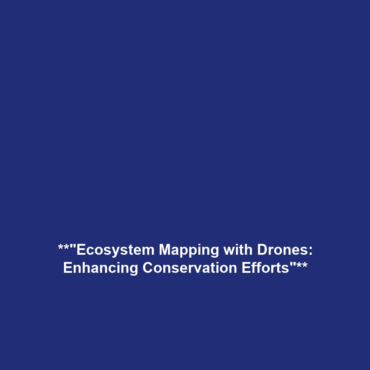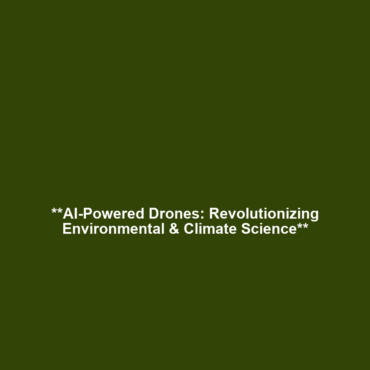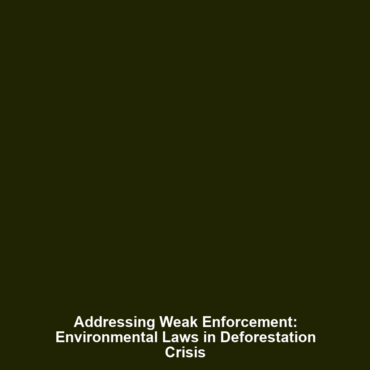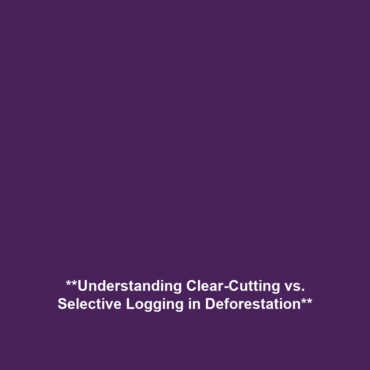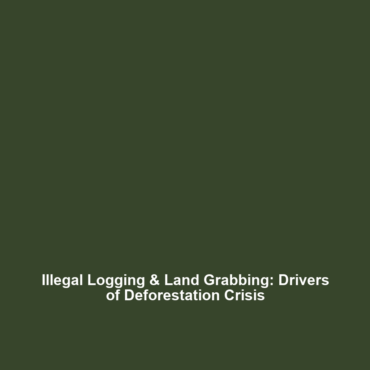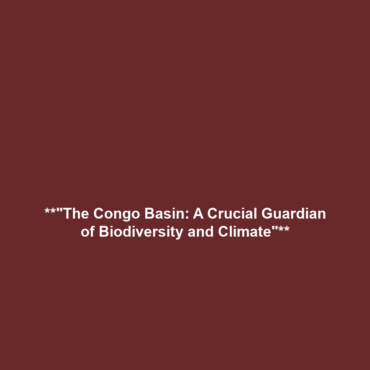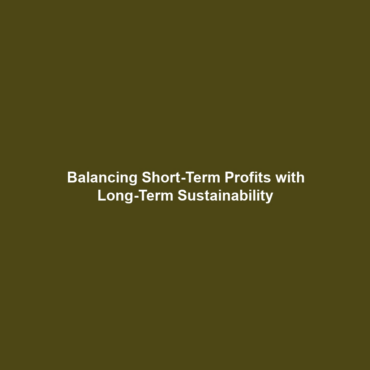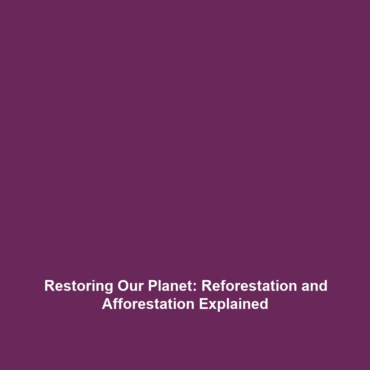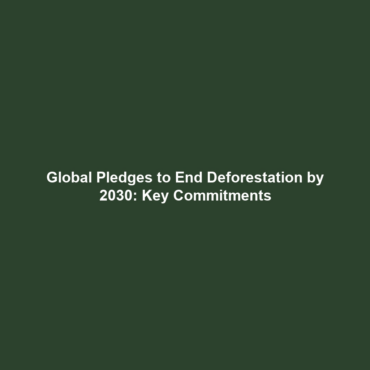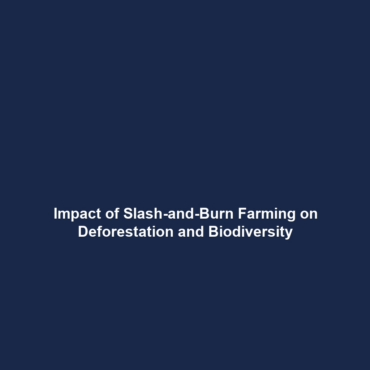Ecosystem and Habitat Mapping: Mapping Terrains for Conservation Purposes
Introduction
Ecosystem and habitat mapping is a critical component in the field of conservation biology, allowing researchers and environmentalists to visualize and analyze complex ecological data. The integration of drones in science has revolutionized the way these terrains are mapped, enabling efficient data collection and improved accuracy. As the importance of conservation efforts grows, the role of drones becomes increasingly significant, providing innovative solutions for monitoring biodiversity and understanding ecological changes.
Key Concepts
Understanding Ecosystem Mapping
Ecosystem mapping involves using various technologies, including geographic information systems (GIS), to create detailed representations of various ecosystems. Key concepts include:
- Spatial Analysis: Evaluating geographical relationships among organisms and their habitats.
- Remote Sensing: Acquiring data from satellite or aerial imagery to evaluate changes over time.
- Habitat Classification: Categorizing areas based on ecological and biological characteristics.
The Role of Drones in Habitat Mapping
Drones enhance traditional mapping techniques by providing high-resolution imagery and precise data collection, making them a valuable tool in ecosystem and habitat mapping. Their capabilities include:
- Capturing aerial views of hard-to-reach areas.
- Facilitating real-time monitoring of environmental changes.
Applications and Real-World Uses
The applications of ecosystem and habitat mapping using drones can be seen across various fields, contributing significantly to conservation efforts:
- Wildlife Monitoring: Drones survey animal populations in remote areas without disturbance.
- Forest Management: Mapping tree health and identifying locations at risk of pest infestations.
- Coastal and Marine Studies: Mapping underwater habitats to assess and protect biodiversity.
These examples highlight how drones are used in ecosystem and habitat mapping for effective conservation planning and management.
Current Challenges
Despite the advantages, several challenges limit the widespread application of ecosystem and habitat mapping with drones:
- Regulatory Restrictions: Limited airspace access in certain regions can impede drone use.
- Technical Limitations: Issues with battery life and payload capacity can restrict data collection.
- Data Integration: Combining drone-collected data with existing databases can be complex.
These challenges of ecosystem and habitat mapping must be addressed to improve effectiveness and efficiency in conservation efforts.
Future Research and Innovations
Innovative technologies are emerging to enhance ecosystem and habitat mapping further:
- Advanced Sensor Technologies: Enhanced sensors for improved data quality and measurement accuracy.
- Machine Learning: Utilizing AI for predictive analysis and improved decision-making.
- User-Friendly Software: Development of applications for easier data visualization and analysis.
These future advancements hold promise for expanding the capabilities of drones in science related to conservation.
Conclusion
Ecosystem and habitat mapping using drones is proving to be a transformative approach in conservation science. With the capability to efficiently monitor and analyze ecological data, drones are critical in addressing conservation challenges. Researchers and conservationists must continue to explore innovative applications of this technology. For those interested in further reading, exploring the latest breakthroughs in drone technology and conservation practices can provide additional insights.
